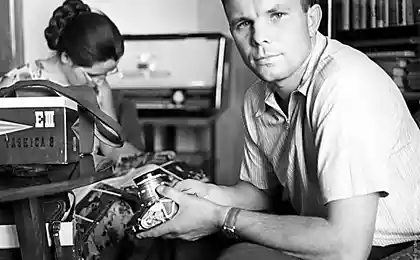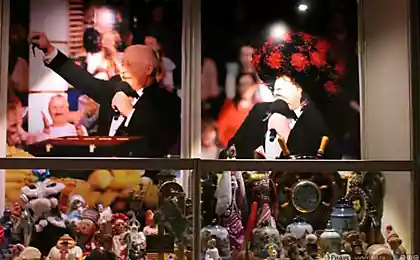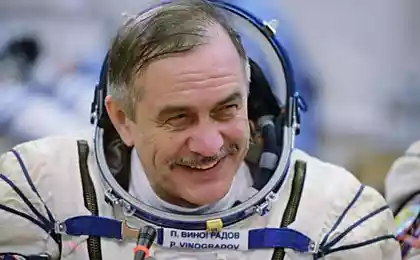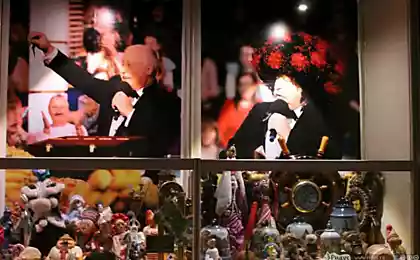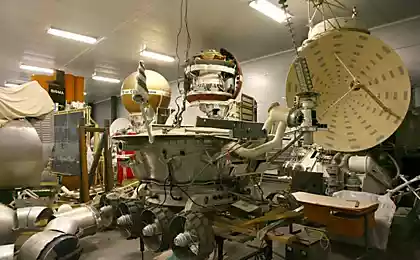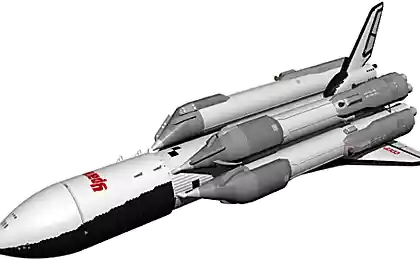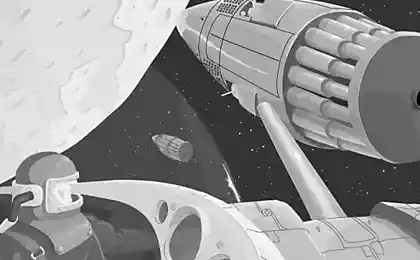1118
Seven wonders of the cosmos
The first miracle: Planet X-ray and ultraviolet
The first exoplanet, that is, the planet that is not included in the solar system, was opened in 1992. This unfriendly planet revolves around a pulsar. Pulsar - is magnetized, rotating like a top, a neutron star. It was once one of the usual sun, now grown old and dying. No, and there can be no chance of finding life on a planet in any form, for the star-pulsar fills everything with X-rays and ultraviolet high. Whatever it was, the very deadly world with all this may look quite nice.
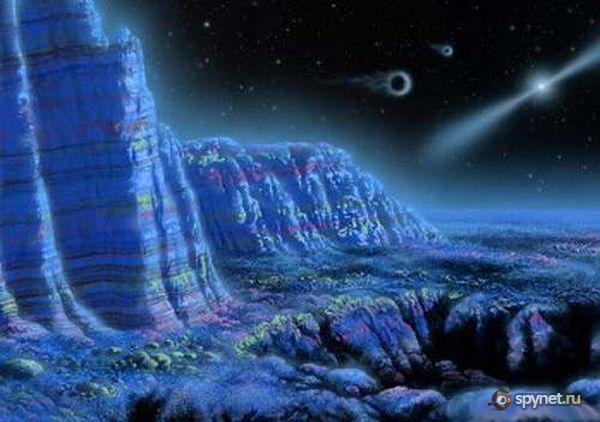
The second miracle: the planet nucleus
Planet high-density material can be easily detected by modern powerful telescope. Astronomers believe that the universe has a mass of the planet consisting entirely of iron. That is, as a result of which the space "adventure" remains only metal core. In such a celestial body is very similar to our Mercury - 40% of its volume occupies the "core", similar to the huge cannonball.
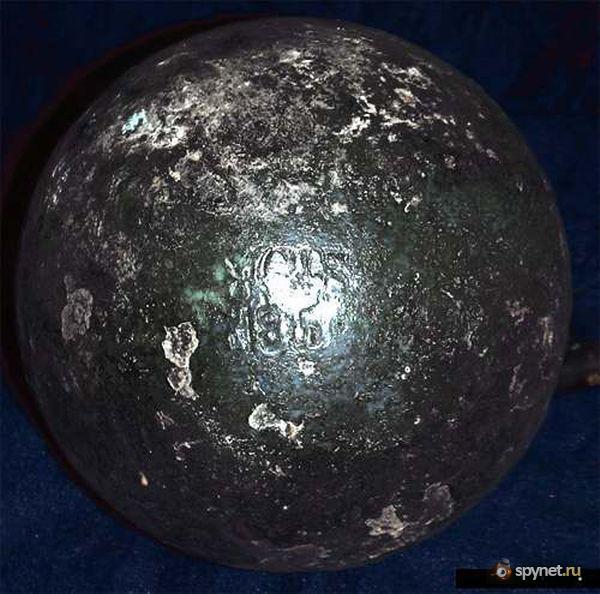
The third miracle: the sky with diamonds
If the search giant cannon ball - exercise boring, what do you think of the sparkling new world composed of pure carbon - one of its modifications, is called diamond. Diamond planet can form in the star system, carbon-rich. Such bodies are already known to science. Around some cold sun revolves planet whose surface is made of graphite, and in the depths, because of strong pressure, formed the core of a diamond! One such planet can pay all debts of humanity against humanity.

Astronomers know where to find such planets - orbiting around white dwarfs and neutron stars, where the ratio of carbon to oxygen is very high. For example, carbon planets discovered in the pulsar PSR B1257 + 12.
On the other hand, it is impossible to determine whether such celestial bodies in the diamonds. Especially the atmosphere ugleplanet be troubled, as the smoke out of the chimney.
Volcanic eruptions such planets may "spit" diamonds to the surface, forming a diamond mountain ranges and even entire valley.
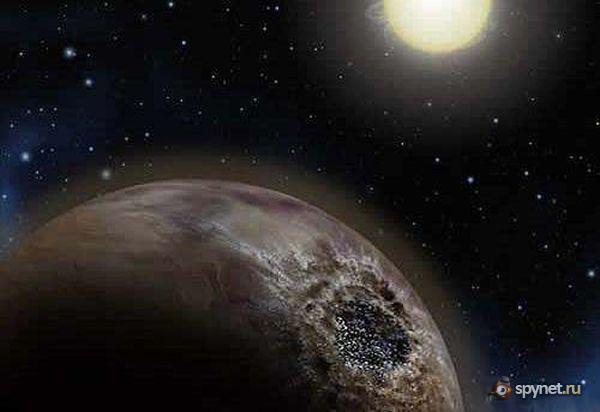
The fourth miracle planet - gas balloons
Most people open planets - gas giants it. For example, frozen, like Jupiter. But there are also so-called "hot Jupiters" that orbit close to their suns.
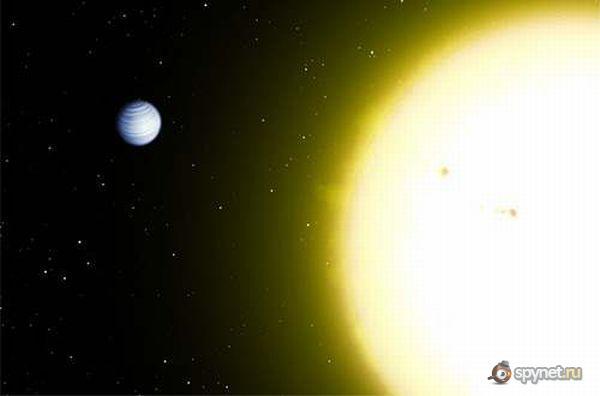
For example, 51 Pegasi b - a gas giant larger than Saturn. The atmosphere is 51 Pegasi B - extremely dense planet, and the temperature on the surface of up to 1100 C. At this temperature, the glass is rapidly converted to lime pairs.
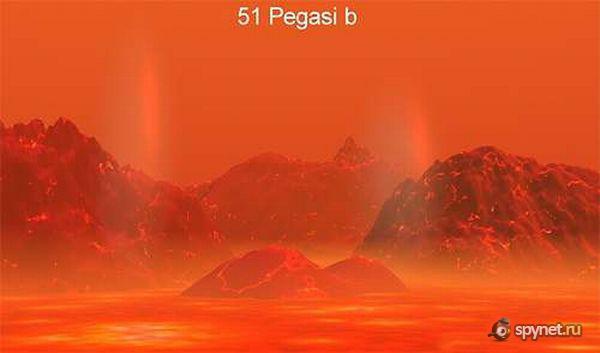
The fifth miracle ocean planet
Exoplanet GJ 1214b may be in fact a giant ocean. Measurements of its temperature, mass and radius indicate that inside the planet is a small rocky core, and all the rest - more than 75% of the substance - liquid water.

In the water world powerful gravitational field, so water at a temperature of about 200 degrees Celsius is hot, do not boil. The planet GJ 1214b revolves around a red star. Its orbit is highly elongated, so "winter" huge bottomless ocean freezes completely.
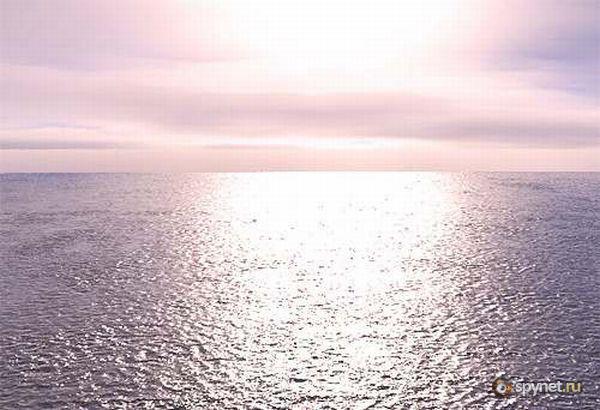
The sixth miracle Hell
If Hell really existed, it would have been exactly on this planet.
The Milky Way is one very warm place. This hot planet is so close to its sun, the star eats it. This extrasolar planet called WASP-12b (Auriga) and she will never break out of the tenacious "clutches" of its yellow sun (which is one and a half times more than ours), yet it is not dozharit not finish it until the last electron.
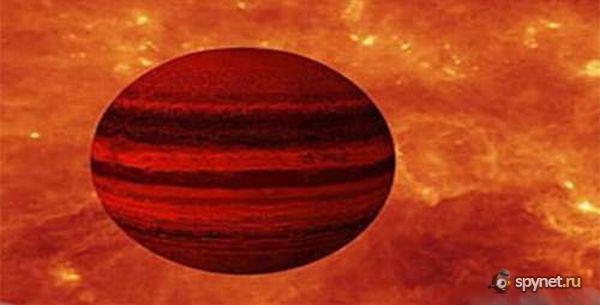
The shape of the hot planet resembles a ball for the game of rugby. The temperature at the surface reaches 1500 degrees. She weighs 40 times more than Jupiter.
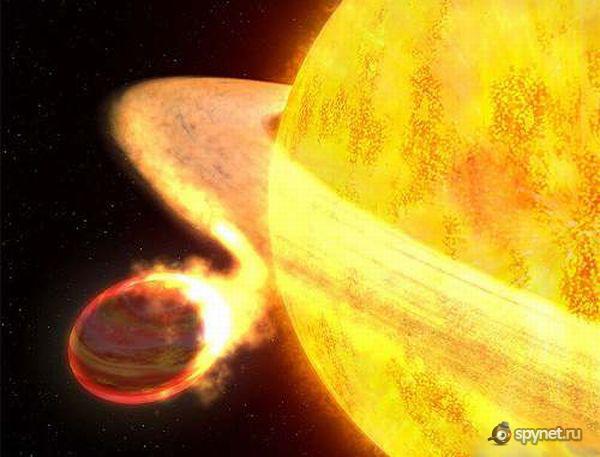
The seventh wonder: Earth
Earth? (lat. Terra) - the third planet from the sun of the solar system, the largest in diameter, mass and density among the terrestrial planets.
And who would doubt! After all, we're just used to it, everything beautiful and unusual earth: what is swimming in the deep oceans and the fact that increases in the hot sun. What makes us find a hidden power, what fun, and that deeply frightens.
If the Earth dies, it will be very sad loss to the universe.
The first exoplanet, that is, the planet that is not included in the solar system, was opened in 1992. This unfriendly planet revolves around a pulsar. Pulsar - is magnetized, rotating like a top, a neutron star. It was once one of the usual sun, now grown old and dying. No, and there can be no chance of finding life on a planet in any form, for the star-pulsar fills everything with X-rays and ultraviolet high. Whatever it was, the very deadly world with all this may look quite nice.

The second miracle: the planet nucleus
Planet high-density material can be easily detected by modern powerful telescope. Astronomers believe that the universe has a mass of the planet consisting entirely of iron. That is, as a result of which the space "adventure" remains only metal core. In such a celestial body is very similar to our Mercury - 40% of its volume occupies the "core", similar to the huge cannonball.

The third miracle: the sky with diamonds
If the search giant cannon ball - exercise boring, what do you think of the sparkling new world composed of pure carbon - one of its modifications, is called diamond. Diamond planet can form in the star system, carbon-rich. Such bodies are already known to science. Around some cold sun revolves planet whose surface is made of graphite, and in the depths, because of strong pressure, formed the core of a diamond! One such planet can pay all debts of humanity against humanity.

Astronomers know where to find such planets - orbiting around white dwarfs and neutron stars, where the ratio of carbon to oxygen is very high. For example, carbon planets discovered in the pulsar PSR B1257 + 12.
On the other hand, it is impossible to determine whether such celestial bodies in the diamonds. Especially the atmosphere ugleplanet be troubled, as the smoke out of the chimney.
Volcanic eruptions such planets may "spit" diamonds to the surface, forming a diamond mountain ranges and even entire valley.

The fourth miracle planet - gas balloons
Most people open planets - gas giants it. For example, frozen, like Jupiter. But there are also so-called "hot Jupiters" that orbit close to their suns.

For example, 51 Pegasi b - a gas giant larger than Saturn. The atmosphere is 51 Pegasi B - extremely dense planet, and the temperature on the surface of up to 1100 C. At this temperature, the glass is rapidly converted to lime pairs.

The fifth miracle ocean planet
Exoplanet GJ 1214b may be in fact a giant ocean. Measurements of its temperature, mass and radius indicate that inside the planet is a small rocky core, and all the rest - more than 75% of the substance - liquid water.

In the water world powerful gravitational field, so water at a temperature of about 200 degrees Celsius is hot, do not boil. The planet GJ 1214b revolves around a red star. Its orbit is highly elongated, so "winter" huge bottomless ocean freezes completely.

The sixth miracle Hell
If Hell really existed, it would have been exactly on this planet.
The Milky Way is one very warm place. This hot planet is so close to its sun, the star eats it. This extrasolar planet called WASP-12b (Auriga) and she will never break out of the tenacious "clutches" of its yellow sun (which is one and a half times more than ours), yet it is not dozharit not finish it until the last electron.

The shape of the hot planet resembles a ball for the game of rugby. The temperature at the surface reaches 1500 degrees. She weighs 40 times more than Jupiter.

The seventh wonder: Earth
Earth? (lat. Terra) - the third planet from the sun of the solar system, the largest in diameter, mass and density among the terrestrial planets.
And who would doubt! After all, we're just used to it, everything beautiful and unusual earth: what is swimming in the deep oceans and the fact that increases in the hot sun. What makes us find a hidden power, what fun, and that deeply frightens.
If the Earth dies, it will be very sad loss to the universe.


